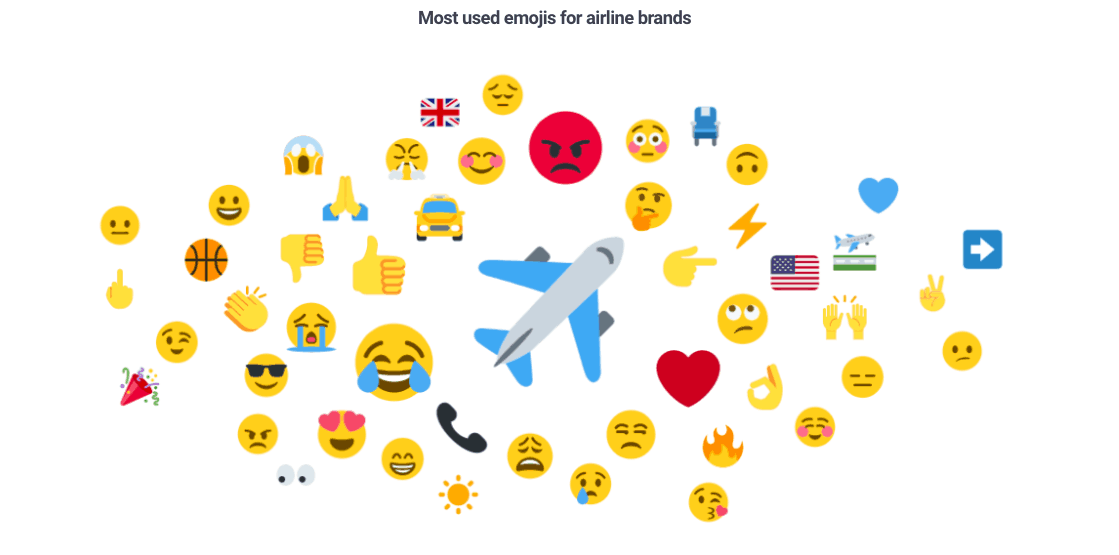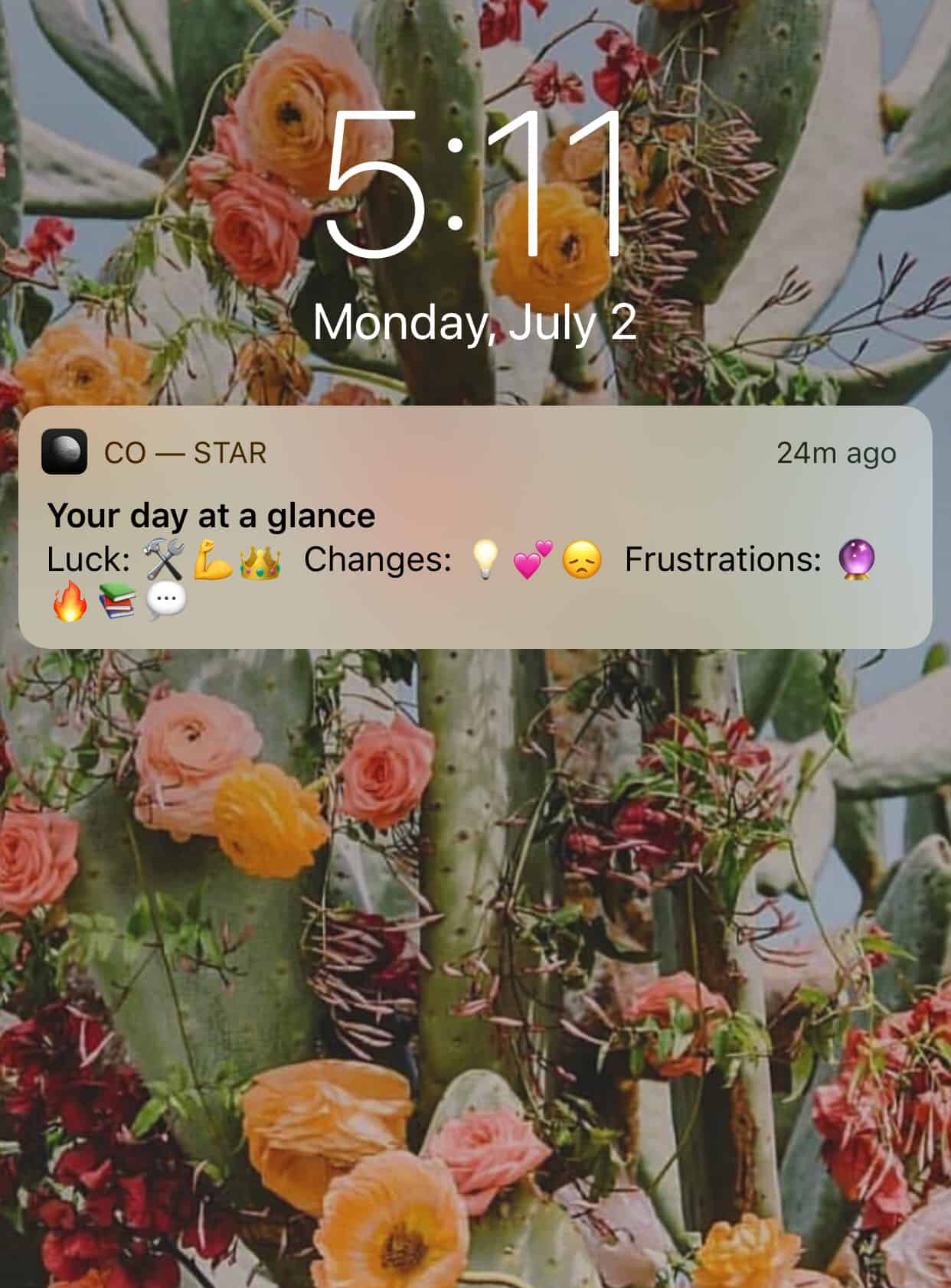Trending
What We Can Learn From Our Most Frequently Used Emojis
You can learn a lot about a person based on the “frequently used” section of their emoji keyboard. By now, emojis have made their way into almost all forms of digital communication. Kids, parents, and grandparents all have at least some context for what they mean and how they’re used. My own “frequently used” section, pictured below, seems pretty accurate, apart from the badminton racket. (I cannot remember ever once using that emoji, because why would I? Yet there it sits, in between the “A-okay” hand sign and the robot head.)

Emojis may only seem like whimsical little illustrations, but collectively, they can reveal some interesting cultural trends about digital audiences. Brandwatch just released The Emoji Report, a comprehensive analysis of every emoji published on Twitter over the past two years. While our tweeted emojis may not offer as deep of a psychological insight as the ones we text, they can tell us plenty about the general state of the world. For example, according to the report, the use of negative emojis has increased 9.5 percent over the past two years, with a significant spike coming during the 2016 American election, when 28.9 percent of tweeted emojis were negative.
Despite the drop, 31 percent of all tweeted emojis over the past few years expressed joy.
What can marketers glean from this emoji use? It’s one of the clearest ways to track how your audience feels at a given moment. “The most popular emojis at any given time are smileys, hearts, humans, and hand gestures,” Jeremy Burge, founder of Emojipedia and creator of World Emoji Day, noted in the report. “Even though there is a long list of animals, sports, objects, and symbols, it seems that people want to see themselves or their emotions reflected in the emojis they use.”
The Emoji Report also gathered which emojis consumers use when speaking about specific brands. Airline brands may want to know that the second-most used emoji consumers direct at them is the red angry face. That’s probably an indication your customer service could use some restructuring.

Emojis could also offer brands a visual indication of how their products fare compared to the competition. Evaluating customer reviews takes a lot more time than glancing at a happy face, and consumers are leveraging their use of emojis to get the attention of companies. Brandwatch even predicts that in the next few years, emojis will emerge as the one language that allows humans to communicate across the globe.

While emojis haven’t entirely eradicated text, they are officially the internet’s most popular language—95 percent of the internet currently uses them. My astrology app even texts me my daily horoscope entirely in emojis. I can’t say that I fully understand what it means yet, but I’m well on my way.
Image by iStockPhotoGet better at your job right now.
Read our monthly newsletter to master content marketing. It’s made for marketers, creators, and everyone in between.




